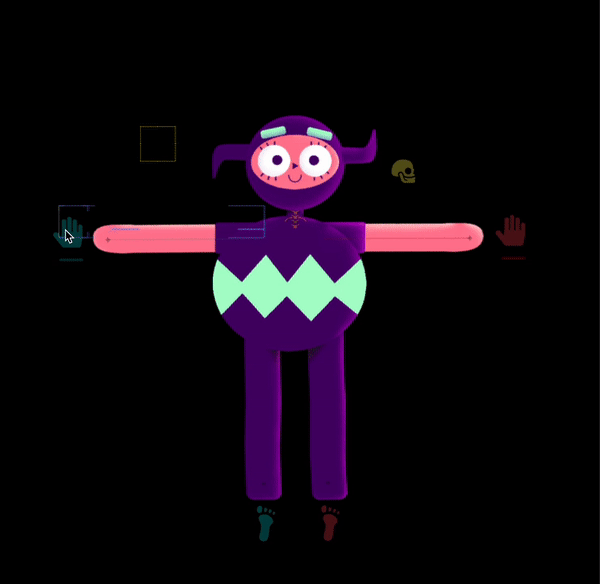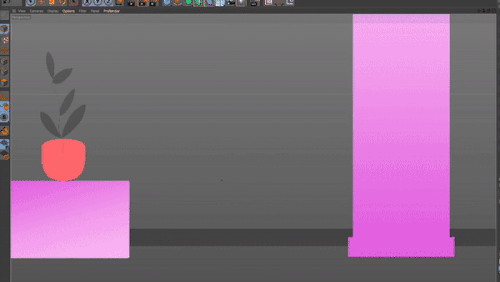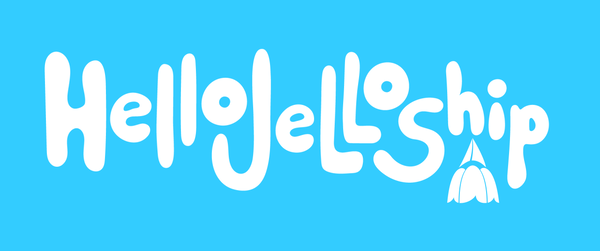
It's this monster's first day on the job, and they have to prove that they got the right stuff to be a professional motion designer.
Created in collaboration with Marja Siu. Sound design by Kelly Warner.
Selected Awards
-
Winner of a Gold Addy at the Suncoast Addy Awards 2019
-
Winner of Best of Ringling “Department Head Award” 2019
Welcome to Monster Studio, please go ahead and take a seat. Can I get you anything while you wait: A glass of water? Cup of tea? An article documenting the creation process of the above short film, 10 Necessary Qualities of a Motion Designer?
Oh great, I’ll get that for you in a jiffy.
Story Development
Fellow artist Marja Siu and I were tasked with presenting the ten best qualities of an ideal motion design artist. We brainstormed together to visualize motion design concepts in an abstract and fantastical way.
Early on, we decided against anything too literal, like showing software or specific technology. For example, the main character kerns typography by hand rather than on a computer.
Animatic
Visual Development
With the visuals, we wanted to capture the creative spirit of animation studios. The design of the monsters drew influence from Where the Wild Things Are, because the idea of going to work in pajamas seemed like a fun time.

In terms of art style, there were initial tests done in Cinema4D that experimented with cel-shaded CG. Ultimately, it was dropped in favor of a pure 2D style due to the level of control it would enable us.

Production Process
All character animation in the film was created through 2D puppet animation in After Effects. Using the plugin DUIK, I was able to create a rig with posable limbs, facial expressions, 3D rotatable head and body as well as squash and stretch.
Preserving the character’s shape appeal required careful weight-painting of joints, making sure to avoid distortion of the artwork.

To highlight a designer’s efficiency in both 2D and 3D animation, we seamlessly transition a 2D scene into 3D. The 3D scene was built and animated in Cinema4D, then composited with After Effects.

The process involved mapping 2D gradients onto 3D geometry and animating them as the objects rotated, acting as moving shadows. The final touch was adding a coat rack in the foreground, which helped to sell the depth.
Thanks for waiting. Monster Studio is closed for the day. Please come back again soon!
